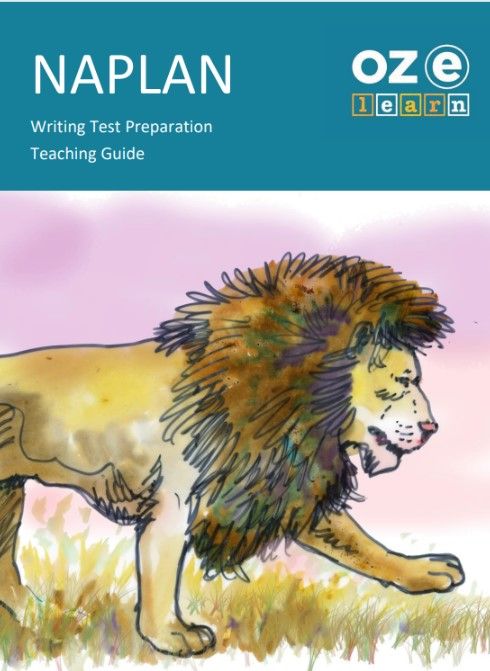NAPLAN Test Preparation: Writing – Years 3 and 5
Direct Instruction

Share this page:
Program Overview
The NAPLAN Writing program is a program for Year 3 and Year 5 students. It aligns to the Australian Curriculum English Strand:
- Examine how evaluative language can be varied to be more or less forceful. (ACELA1477)
- Understand how different types of texts vary in use of language choices, depending on their purpose and context (for example, tense and types of sentences). (ACELA1478)
- Understand that paragraphs are a key organisational feature of written texts. (ACELA1479)
- Understand that a clause is a unit of grammar usually containing a subject and a verb, and that these need to be in agreement. (ACELA1481)
- Understand that verbs represent different processes, for example; doing, thinking, saying and relating, and that these processes are anchored in time through tense. (ACELA1482)
- Create imaginative texts based on characters, settings and events from students’ own and other cultures using visual features, for example perspective, distance and angle. (ACELT1601)
- Create texts that adapt language features and patterns encountered in literary texts, for example characterisation, rhyme, rhythm, mood, music, sound effects and dialogue. (ACELT1791)
- Identify and explain characteristic text structures and language features used in imaginative, informative and persuasive texts to meet the purpose of the text. (ACELY1701)
- Plan, draft and publish imaginative, informative and persuasive print and multimodal texts, choosing text structures, language features, images and sound appropriate to purpose and audience. (ACELY1704)
Learning Objectives
In Lessons 1 to 19, students learn about:
- writing sentences
- writing paragraphs
- the use of topic-specific vocabulary.
Success Criteria
- Understand how language features are used to link and sequence ideas.
- Understand how language can be used to express feelings and opinions on topics.
- Include writing and images in texts to express and develop, in some detail, experiences, events, information, ideas and characters.
- Create a range of texts for familiar and unfamiliar audiences.
- Demonstrate understanding of grammar and choose vocabulary and punctuation appropriate to the purpose and context of their writing.
